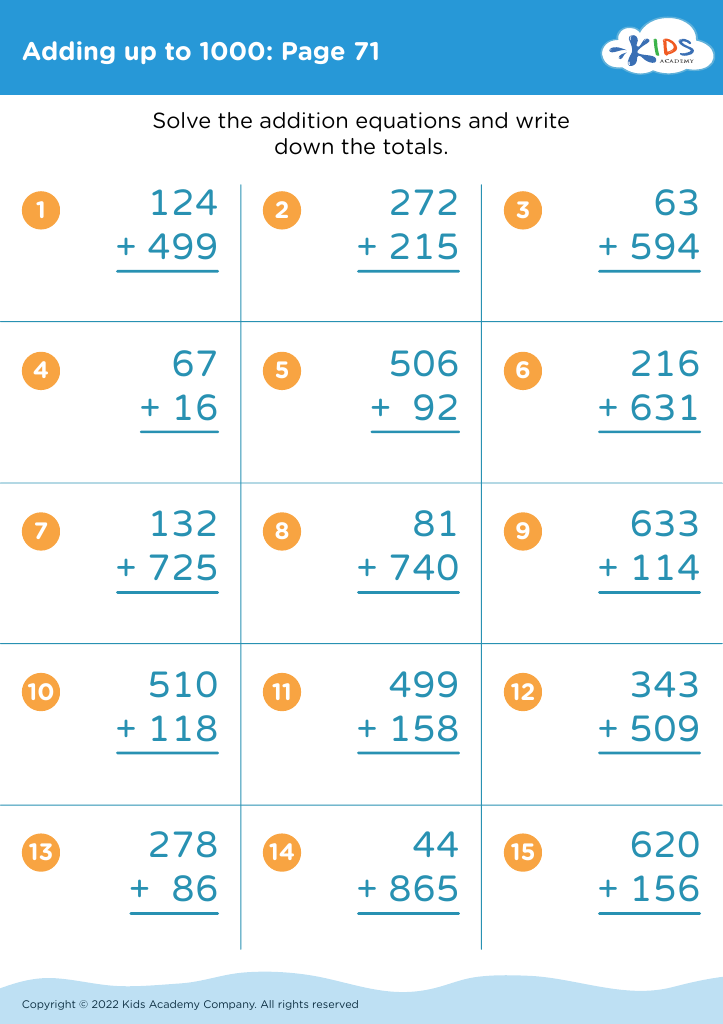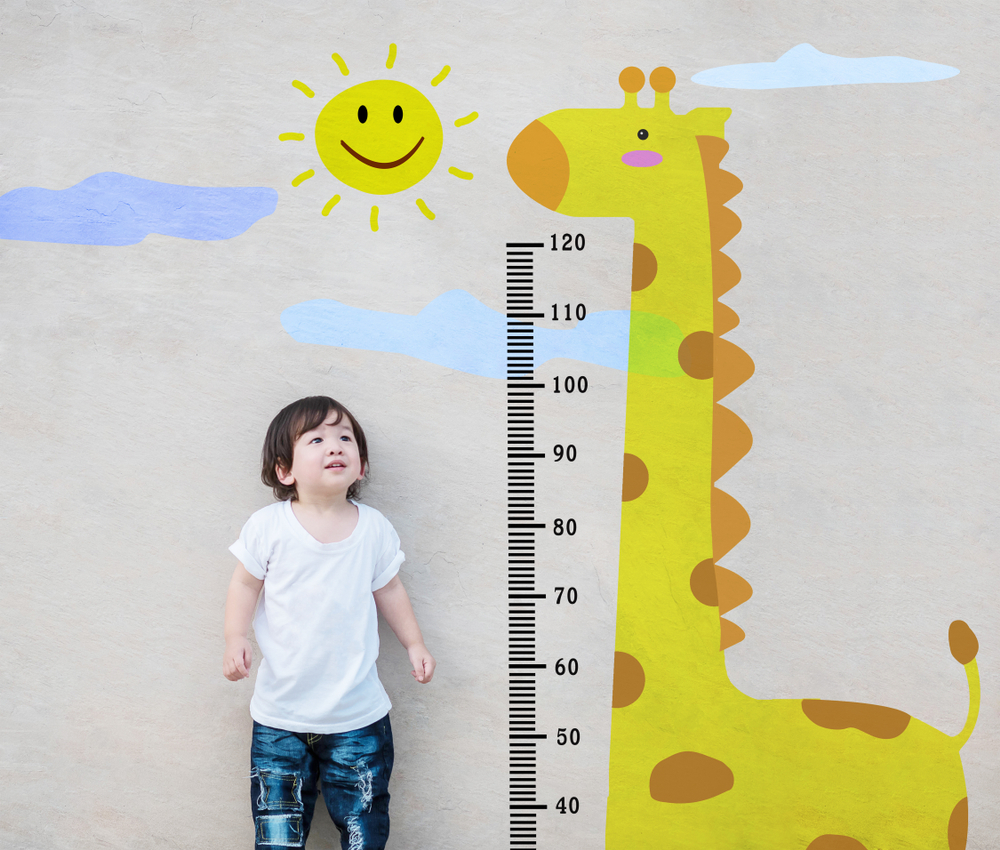Analog clock reading Worksheets for Kids
4 filtered results
-
From - To
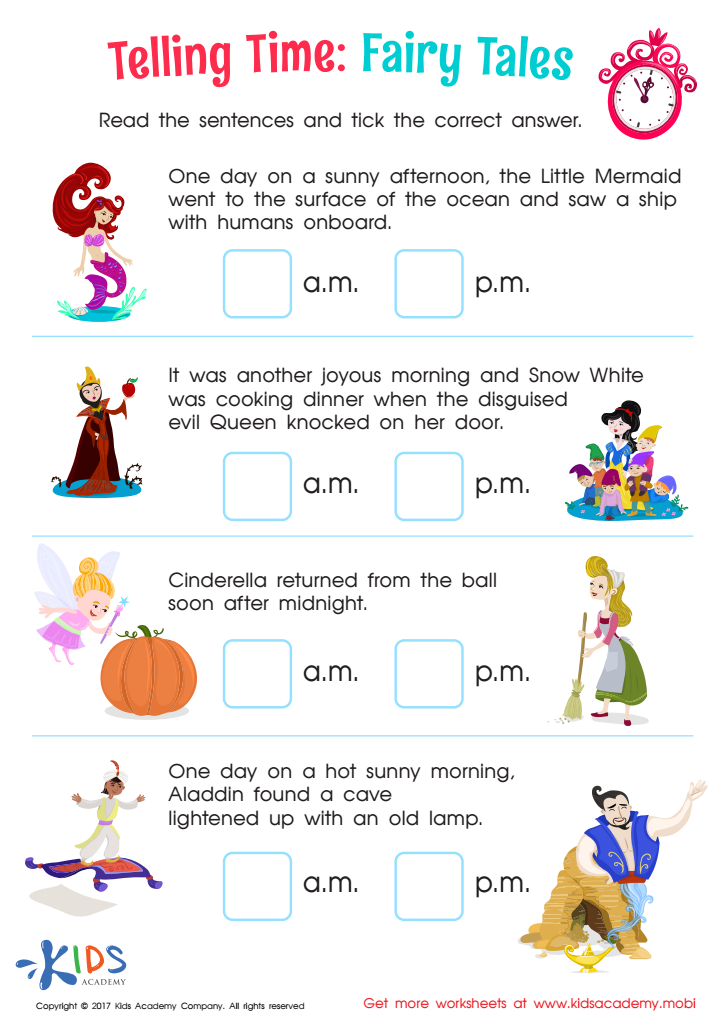

Telling Time: Fairy Tales Worksheet
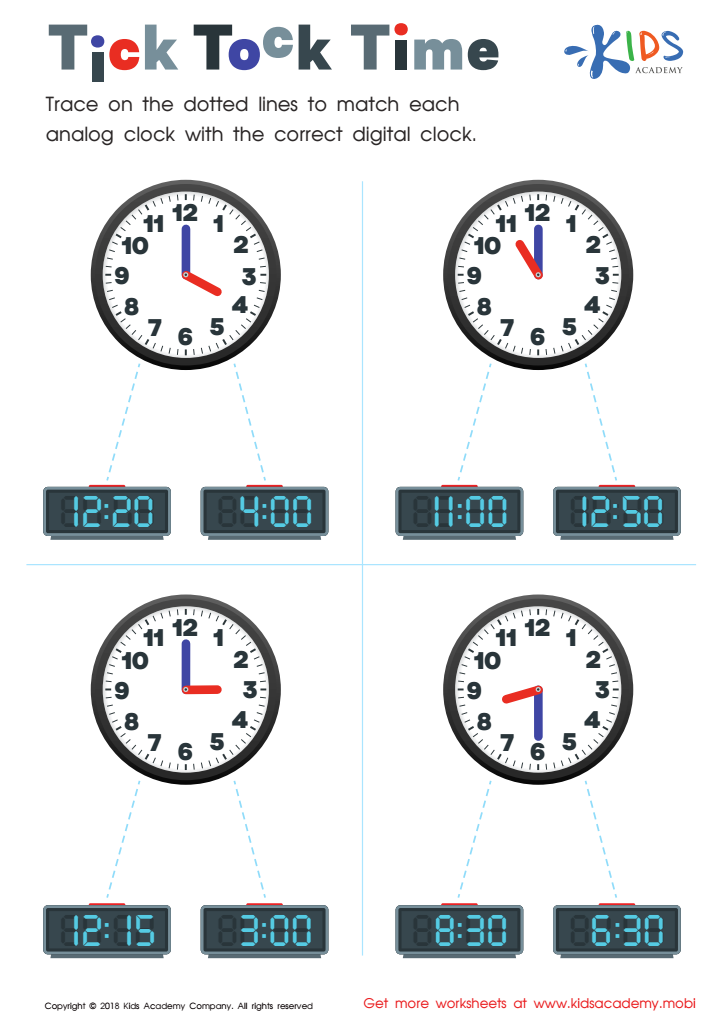

Tick Tock Time Worksheet
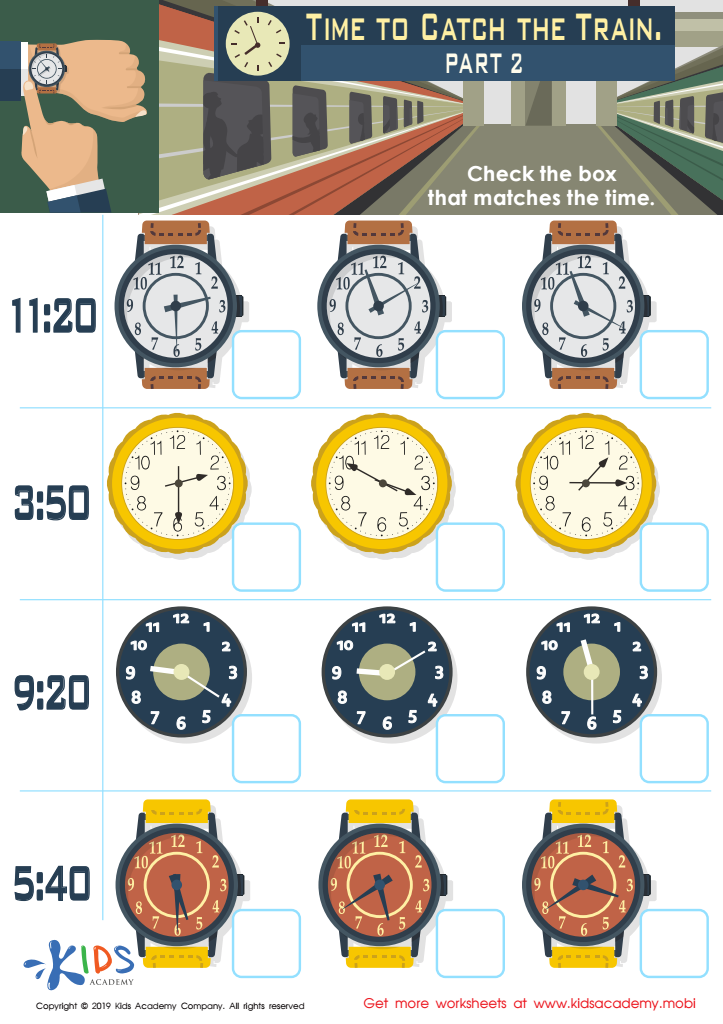

Time to Catch the Train Part 2 Worksheet
Question/Answer
How to test a Grade 2 student’s Analog clock reading skills?
To test a Grade 2 student's analog clock reading skills, use a real analog clock or pictures of clocks showing different times. Start with full-hour times (e.g., 1:00, 2:00), then progress to half hours (e.g., 1:30, 2:30), and finally to quarter hours (e.g., 1:15, 1:45). Ask the student to read the times aloud to assess their understanding.
Why is the Analog clock reading skill important for Grade 2 students?
The Analog clock reading skill is important for Grade 2 students because it fosters their understanding of time, helps them develop mathematical and problem-solving skills, improves their ability to recognize patterns and sequences, and enhances their cognitive development. Learning to read analog clocks also aids in their daily time management and preparation for more complex time concepts in future grades.
What are some effective activities to train students’ Analog clock reading skill when teaching them about Measurement?
To effectively train students in reading analog clocks, incorporate activities like creating a paper clock with movable hands for hands-on practice, playing clock games that match digital times to analog clocks, using interactive online clock tools for practice and quizzes, and conducting time-telling relay races where teams compete to set or read times accurately and quickly on classroom analog clocks.
 Assign to the classroom
Assign to the classroom
